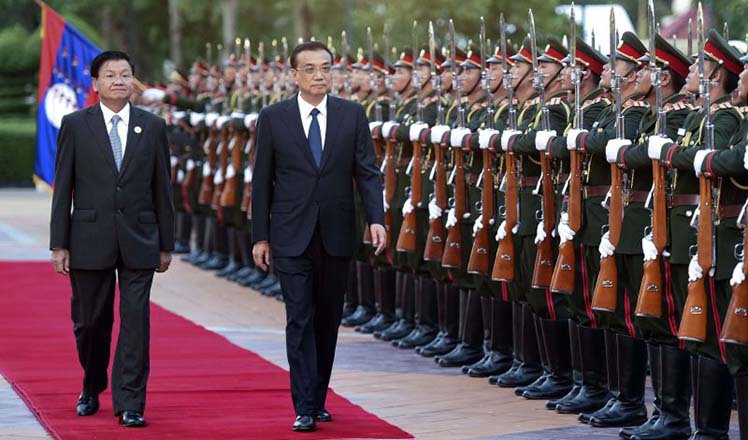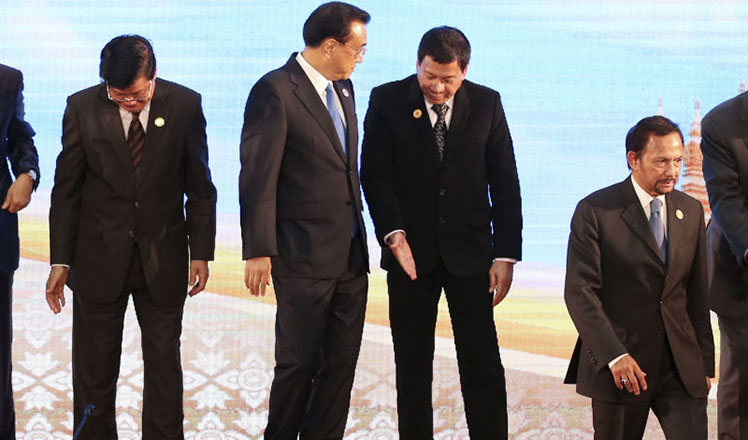Chinese firms slip in energy rankings
Updated: 2016-09-09 11:26
By Paul Welitzkin in New York(China Daily USA)
|
|||||||||
Three energy giants were in the top 10 last year; lower oil prices blamed for dip
A slump in oil and coal prices has left China without a company in the top 10 of an annual global energy-industry ranking, but five additional Chinese companies made the list from 2015.
S&P Global Platts released its annual list of the top 250 global energy companies on Thursday and no Chinese firms were in the top 10. Last year, CNOOC Ltd (China National Offshore Oil Corporation), PetroChina Co Ltd and China Shenhua Energy Co Ltd made the top 10, ranked fourth, fifth and ninth, respectively.
"CNOOC, PetroChina and Shenhua Energy fell out of the top 10 this year. I'd say that the first two, like other oil and gas majors, were a victim of lower oil prices, sapping their revenue and profit. Shenhua (China's largest coal company) suffered from weaker coal values, lower coal demand and stalling power demand growth in China," Robert Perkins, a senior energy writer and editor with Platts said.
Shenhua slipped from its no. 9 ranking in 2015 to 25th place as its asset rank, revenue and profit all declined. CNOOC placed 22nd on the list, while PetroChina was ranked 16th this year. China Petroleum & Chemical Corp (also known as Sinopec) was the highest ranked Chinese company at 13.
Platts said one of the biggest trends for the year has been the fallout from tumbling oil and natural-gas prices: "The oil price downturn has devastated the earnings and profits of oil and gas producers while downsizing and the lower price deck has shrunk their asset values."
Five more Chinese energy companies were added to the top 250 this year from 2015 ,"mostly power producers and utilities benefiting from lower input costs", noted Perkins.
Utilities and refiners in Asia were the main beneficiaries of lower oil and gas prices in 2015, enjoying lower fuel bills and sporadic adjustments to regulated pricing, which lagged the sharp fall in input costs.
Stephanie Wilson, a managing editor for Platts in Asia, said Asian utilities overall have gained as a result of falling prices across commodities whether the companies use coal, oil or liquefied natural gas.
"Most countries in the region have regulated power tariffs, meaning their input costs have fallen significantly, while their downstream sale prices are being readjusted down more gradually. Sometimes it really pays to have regulated prices," Wilson said.
Despite slowing economic activity, China retained its role as the world's largest energy consumer, producer and net importer in 2015, accounting for 23 percent of global energy consumption and 34 percent of net energy consumption growth. The country has become the world's top generator of solar energy, with more than 16 percent of the global total, overtaking Germany and the US, said Platts.
paulwelitzkin@chinadailyusa.com
- Three women planning 'imminent' attacks arrested in France: minister
- China, Britain vow to deepen military exchanges, mutual trust
- British parliament to debate second Brexit referendum petition
- Chinese women find their way through the glass ceiling
- Rousseff leaves presidential residence in salutation
- Thousands of Chinese rally in Paris to call for 'security for all'

 Sights and sounds of Premier Li's visit to Laos
Sights and sounds of Premier Li's visit to Laos
 Yao Ming and Class of 2016 receive Hall of Fame jackets
Yao Ming and Class of 2016 receive Hall of Fame jackets
 Bullet train attendants strut new look in Xi'an
Bullet train attendants strut new look in Xi'an
 Ten photos from around China: Sept 2 - 8
Ten photos from around China: Sept 2 - 8
 Turning mud into work of art
Turning mud into work of art
 Unforgettable moments of Premier Li at ASEAN meeting
Unforgettable moments of Premier Li at ASEAN meeting
 Six policy signals China sent at G20 Summit
Six policy signals China sent at G20 Summit
 'First Lady table ware' a hit in Hangzhou
'First Lady table ware' a hit in Hangzhou
Most Viewed
Editor's Picks

|

|

|

|

|

|
Today's Top News
Trump outlines anti-terror plan, proposing extreme vetting for immigrants
Phelps puts spotlight on cupping
US launches airstrikes against IS targets in Libya's Sirte
Ministry slams US-Korean THAAD deployment
Two police officers shot at protest in Dallas
Abe's blame game reveals his policies failing to get results
Ending wildlife trafficking must be policy priority in Asia
Effects of supply-side reform take time to be seen
US Weekly

|

|









